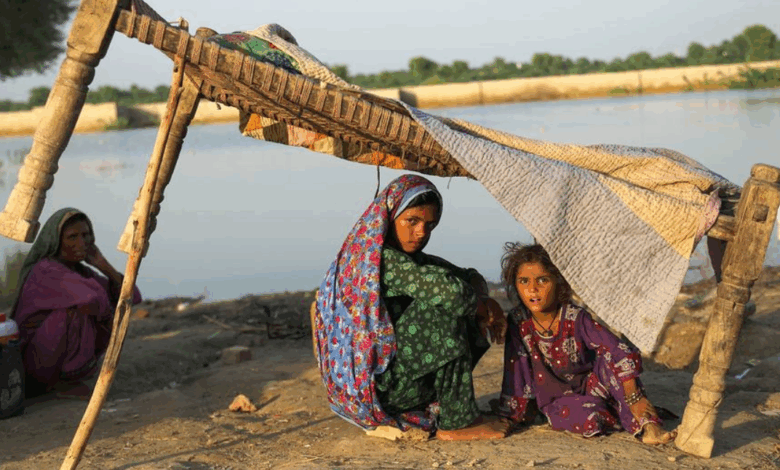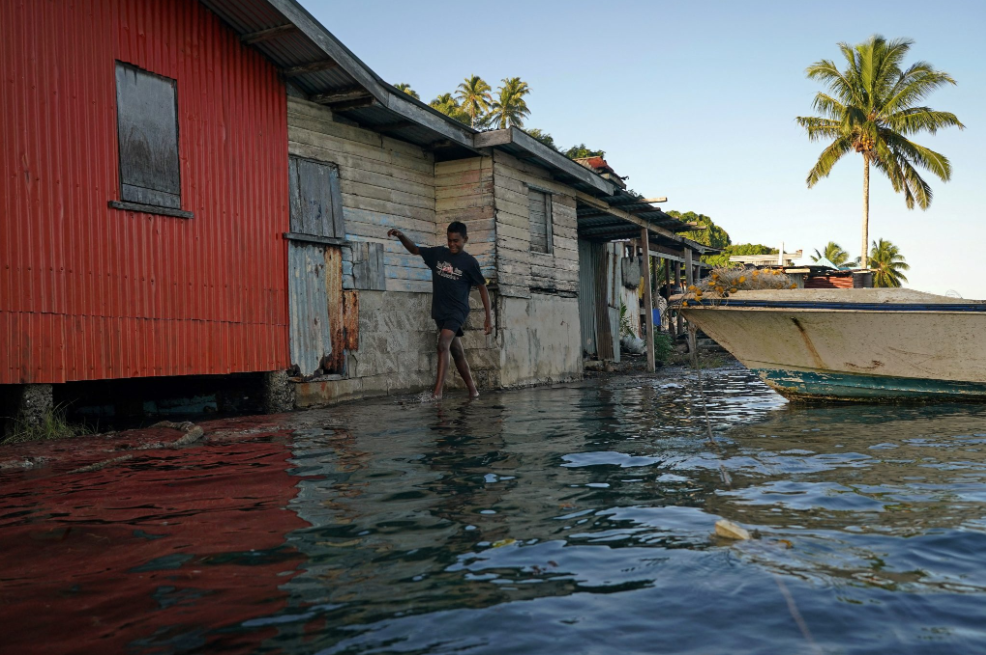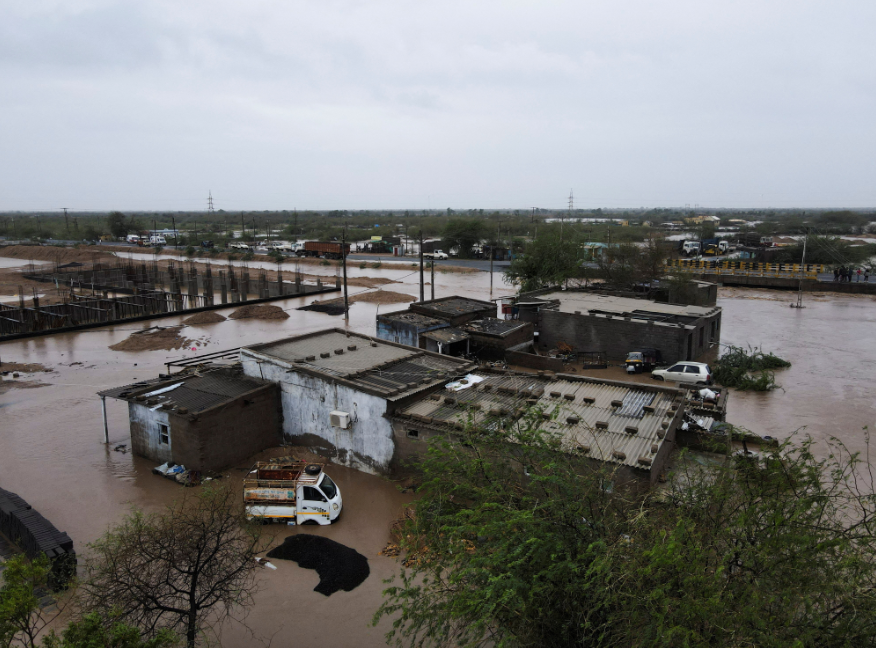Asia-Pacific Emerges as Epicenter of Climate Displacement, UNHCR Warns in New Report

The Asia-Pacific region is facing an escalating humanitarian crisis as climate change accelerates displacement, according to a new UNHCR report, Forced to Flee in a Changing Climate: Asia Pacific. The study finds that more people are uprooted by climate-related disasters in Asia-Pacific than anywhere else in the world.
In 2024 alone, more than 3.2 million new displacements were triggered by disasters across the region—a sharp rise compared to previous years, making Asia-Pacific the hardest-hit region globally. Flooding in Bangladesh, Nepal, and India, cyclones in the Philippines and Vanuatu, and prolonged droughts in Afghanistan and Pakistan were among the major drivers. UNHCR noted that disasters accounted for over 70% of all new internal displacements in Asia-Pacific that year, far surpassing those caused by conflict or violence.

The most significant single event was Cyclone Jasper in Vanuatu, which displaced more than 200,000 people in December 2024. Overall, South and Southeast Asia together accounted for nearly 2.5 million of these displacements, according to UNHCR data. The report also stressed that many affected communities were already vulnerable due to conflict, poverty, or statelessness, compounding the humanitarian impact and hindering recovery.
The trend underscores a longer-term pattern. In 2022, over 21.9 million people in Asia-Pacific were displaced by storms, floods, landslides, and droughts—representing 70% of global disaster displacement. The region, home to 60% of the world’s population, is described as the “global epicenter” of climate-induced migration.

Bangladesh, the Philippines, India, Pakistan, and China remain among the most affected, while Pacific Island nations such as Tuvalu and Kiribati face existential threats from rising seas, potentially creating the world’s first “climate refugees.” The report highlights that 8 of the 10 countries most at risk of climate displacement are in Asia-Pacific.
Slow-onset disasters are compounding the crisis. Drought in Afghanistan has devastated agriculture, while desertification and dzud (severe winter) conditions threaten Mongolia’s nomadic herders.
The humanitarian toll is immense. Displaced populations often lose access to food, water, healthcare, and education, while host communities struggle to absorb the influx. Women, children, and stateless people are among the most vulnerable, facing heightened risks of exploitation and abuse.
UNHCR is calling for urgent investment in disaster preparedness, early warning systems, and climate-adaptive infrastructure. The agency also urges international climate financing and legal protections for those forced to flee.
“Asia-Pacific is at the frontline of the climate crisis,” the report concludes. “Without urgent action, displacement will rise sharply, threatening stability, human rights, and development.”






